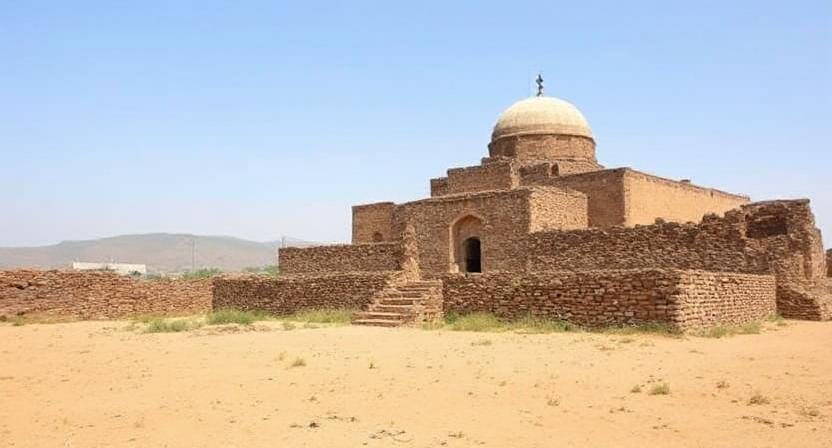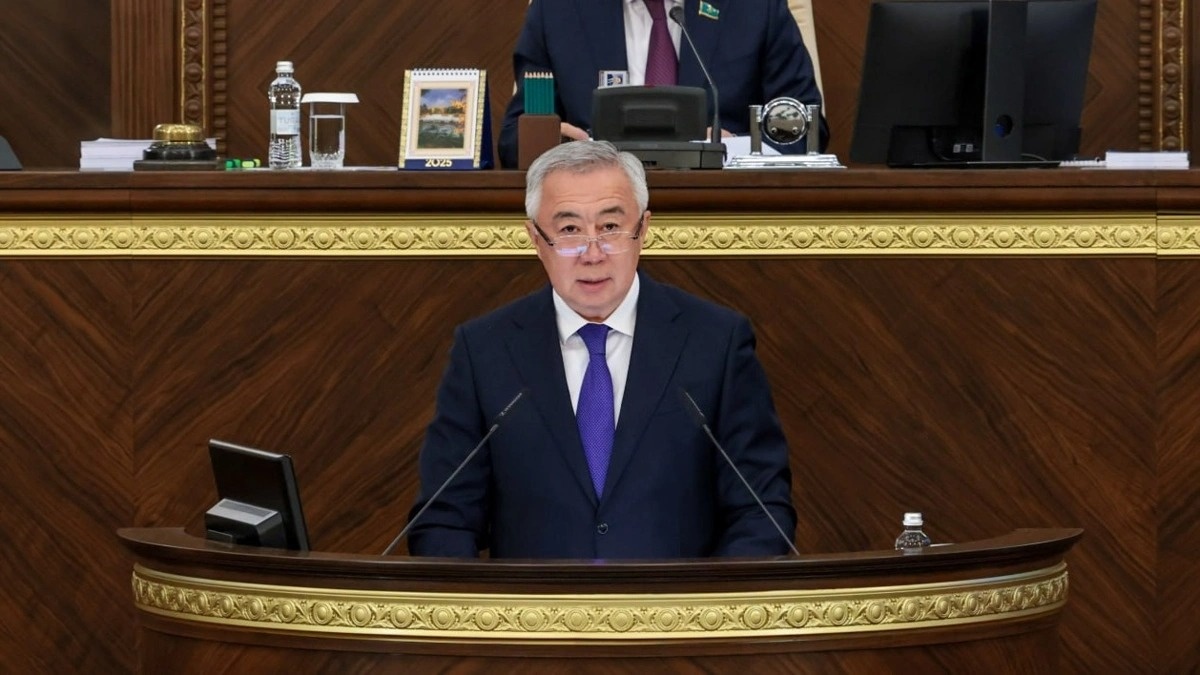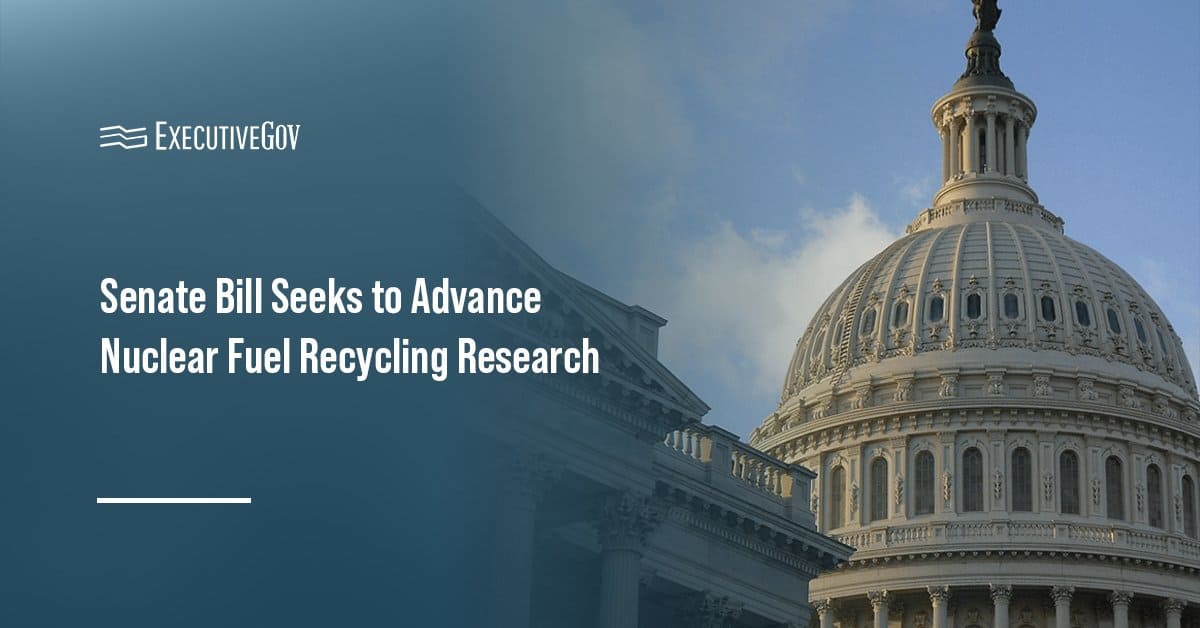Report on the Ethiopia-Italy Community-Based Tourism and Heritage Conservation Project in Tigray
1.0 Project Overview
The Italian Agency for Development Cooperation and the Ethiopian Ministry of Finance have initiated a €1.7 million project titled “Supporting Community Resilience through Community-Based Tourism and Heritage Conservation.” This initiative focuses on the post-conflict recovery and conservation of the Wukro–Gheralta Belt in the Tigray region. The project is aligned with the Pretoria Peace Agreement and Ethiopia’s Ten-Year Development Plan (2021–2030), utilizing tourism as a primary driver for sustainable development and peacebuilding.
2.0 Strategic Objectives and Contribution to Sustainable Development Goals (SDGs)
The project’s core mission is to foster community resilience and sustainable economic growth by integrating heritage conservation with inclusive tourism. This approach directly supports the achievement of several UN Sustainable Development Goals (SDGs).
- SDG 8 (Decent Work and Economic Growth): The project aims to create a vibrant, inclusive tourism economy by generating jobs in guiding, hospitality, and local crafts. It promotes entrepreneurship and sustainable economic practices, contributing directly to Target 8.9, which focuses on promoting sustainable tourism.
- SDG 11 (Sustainable Cities and Communities): A central component is the restoration and preservation of cultural heritage, including ancient rock-hewn churches and monasteries. This directly addresses Target 11.4, which calls for strengthening efforts to protect and safeguard the world’s cultural and natural heritage.
- SDG 16 (Peace, Justice and Strong Institutions): By providing economic opportunities and fostering social cohesion in a post-conflict region, the initiative serves as a vehicle for peacebuilding and stability, aligning with the goal of promoting peaceful and inclusive societies.
- SDG 1 (No Poverty) and SDG 10 (Reduced Inequalities): The community-based model ensures that economic benefits are distributed directly to local populations, with a specific focus on empowering marginalized groups and reducing economic disparities.
- SDG 5 (Gender Equality): The project design emphasizes a central role for women, ensuring they are active participants and beneficiaries in the tourism development process, thereby promoting their economic empowerment.
- SDG 17 (Partnerships for the Goals): The collaboration between Ethiopia and Italy exemplifies a strong international partnership for sustainable development, leveraging Italian expertise in heritage management to achieve shared goals.
3.0 Key Project Components
3.1 Community Empowerment through Tourism
The initiative is founded on a community-centered approach to transform local populations from passive observers to active custodians and beneficiaries of their cultural heritage. Key activities include:
- Training local community members in tourism management, sustainable practices, and entrepreneurship.
- Creating direct employment opportunities across the tourism value chain, including transportation, hospitality, and craft production.
- Ensuring an inclusive framework where women and marginalized groups play a significant role in decision-making and economic activities.
3.2 Heritage Restoration and Conservation
The project allocates resources for the restoration of historical and cultural sites damaged during the conflict. These sites are not only vital to the region’s identity but are also key assets for attracting international tourism. The conservation efforts will preserve the archaeological and historical significance of the Wukro–Gheralta Belt for future generations while enhancing its appeal as a tourism destination focused on history, culture, and ecotourism.
3.3 Development of Sustainable Tourism Infrastructure
To support the growth of tourism, the project will facilitate the development of essential infrastructure. This includes the establishment of visitor centers, training for professional guides, and the promotion of sustainable transport options. The development will be managed to preserve the cultural and natural integrity of the region while ensuring a high-quality visitor experience.
4.0 International Partnership and Stakeholder Endorsement
The partnership between Ethiopia and Italy is critical to the project’s success. Italy provides significant technical expertise in cultural preservation, heritage management, and sustainable tourism marketing. During the signing ceremony, Ethiopian State Minister Semereta Sewasew highlighted the project’s role in building social cohesion and local pride. Italy’s Ambassador, Agostino Palese, reiterated the importance of cultural tourism as a tool for promoting peace, resilience, and regional growth.
5.0 Conclusion and Future Outlook
The “Supporting Community Resilience through Community-Based Tourism and Heritage Conservation” project represents a significant milestone in Ethiopia’s strategy for post-conflict recovery and sustainable development. By leveraging its rich cultural heritage, the initiative aims to build a resilient and inclusive tourism economy in the Tigray region.
The long-term success of this model is expected to:
- Establish the Wukro-Gheralta Belt as a premier destination for cultural and eco-tourism.
- Provide a scalable framework for heritage-based economic development in other post-conflict regions.
- Create a lasting legacy of peace, economic empowerment, and cultural preservation, fully aligned with the Sustainable Development Goals.
1. Which SDGs are addressed or connected to the issues highlighted in the article?
-
SDG 8: Decent Work and Economic Growth
- The article focuses on promoting “sustainable tourism” as a “primary driver of economic growth” in the Tigray region. The project aims to create “job opportunities in various sectors of the tourism industry, such as guiding, hospitality, transportation, and crafts,” directly contributing to economic development and decent work for the local population.
-
SDG 11: Sustainable Cities and Communities
- A core component of the project is “heritage conservation” and the “restoration of historical sites,” including “ancient rock-hewn churches and medieval monasteries.” This directly aligns with the goal of protecting and safeguarding the world’s cultural heritage. The initiative also aims to build “local communities’ resilience” in a post-conflict setting.
-
SDG 1: No Poverty
- The project aims to provide “sustainable livelihoods” and “economic opportunities” to the local community. By creating jobs and ensuring that the “economic benefits of tourism are widely distributed,” the initiative directly addresses poverty reduction in a region recovering from conflict.
-
SDG 5: Gender Equality
- The article explicitly states that the project will ensure that economic benefits are distributed to “marginalized groups and women, who will have a central role in the tourism development process.” This highlights a commitment to empowering women and promoting their participation in the local economy.
-
SDG 16: Peace, Justice and Strong Institutions
- The project is described as a tool for “post-conflict recovery” and “peacebuilding.” It supports the “Pretoria Peace Agreement’s recovery agenda” and aims to build “social cohesion” and promote “peace, resilience, and growth,” which are central to fostering peaceful and inclusive societies.
-
SDG 17: Partnerships for the Goals
- The article highlights the “partnership between Ethiopia and Italy” through the “Italian Agency for Development Cooperation and Ethiopia’s Ministry of Finance.” This “international collaboration” in financing (€1.7 million project) and sharing expertise in heritage management is a clear example of a partnership for sustainable development.
2. What specific targets under those SDGs can be identified based on the article’s content?
-
Target 8.9: Promote sustainable tourism that creates jobs and promotes local culture.
- The entire project is designed around this target. It aims to develop “community-based tourism” that creates jobs, promotes the “cultural identity” of the Wukro-Gheralta Belt, and empowers locals to become “active participants in the tourism economy.”
-
Target 11.4: Strengthen efforts to protect and safeguard the world’s cultural and natural heritage.
- The project’s focus on “heritage conservation” and the “restoration of historical sites” like ancient churches and monasteries directly addresses this target. The goal is to preserve these cultural treasures for future generations while making them accessible for sustainable tourism.
-
Target 1.5: Build the resilience of the poor and reduce their vulnerability to economic, social and environmental shocks.
- The project, titled “Supporting Community Resilience through Community-Based Tourism and Heritage Conservation,” is explicitly aimed at building the resilience of a community recovering from the shock of conflict by diversifying livelihoods and creating a sustainable economic base.
-
Target 5.5: Ensure women’s full and effective participation and equal opportunities for leadership in economic life.
- The article’s statement that “women will have a central role in the tourism development process” directly relates to this target, aiming to ensure their active participation and benefit from the economic opportunities created.
-
Target 16.1: Significantly reduce all forms of violence and related death rates everywhere.
- As a “post-conflict recovery” and “peacebuilding” initiative, the project contributes to this target by creating economic stability and “social cohesion,” which are essential for preventing the recurrence of conflict.
-
Target 17.9: Enhance international support for implementing effective and targeted capacity-building.
- The partnership involves Italy bringing “valuable expertise in restoring historical landmarks,” “heritage management, tourism marketing, and sustainable development.” The project also includes “training locals in tourism management, entrepreneurship, and sustainable practices,” which is a form of targeted capacity-building.
3. Are there any indicators mentioned or implied in the article that can be used to measure progress towards the identified targets?
-
Jobs and Economic Growth Indicators (Implied)
- The number of new jobs created in tourism-related sectors (guiding, hospitality, crafts).
- The number of local people, particularly women, trained in tourism management and entrepreneurship.
- The amount of revenue generated for the local economy through tourism activities.
-
Heritage Conservation Indicators (Mentioned/Implied)
- The total financial resources allocated to heritage conservation (the €1.7 million project fund is a direct indicator).
- The number of historical and cultural sites (churches, monasteries) successfully restored.
- Development of tourism infrastructure, such as “visitor centers” and “sustainable transport options.”
-
Community Resilience and Empowerment Indicators (Implied)
- The number of community-based tourism enterprises established.
- The level of participation of women and marginalized groups in tourism initiatives.
- Measures of increased “social cohesion” and “local pride” in the region’s heritage, which could be assessed through community surveys.
4. Table of SDGs, Targets, and Indicators
| SDGs | Targets | Indicators (Mentioned or Implied in the Article) |
|---|---|---|
| SDG 1: No Poverty | 1.5: Build the resilience of the poor and reduce their vulnerability to shocks. |
|
| SDG 5: Gender Equality | 5.5: Ensure women’s full and effective participation and equal opportunities in economic life. |
|
| SDG 8: Decent Work and Economic Growth | 8.9: Promote sustainable tourism that creates jobs and promotes local culture. |
|
| SDG 11: Sustainable Cities and Communities | 11.4: Strengthen efforts to protect and safeguard the world’s cultural and natural heritage. |
|
| SDG 16: Peace, Justice and Strong Institutions | 16.1: Significantly reduce all forms of violence. |
|
| SDG 17: Partnerships for the Goals | 17.9: Enhance international support for targeted capacity-building. |
|
Source: travelandtourworld.com






